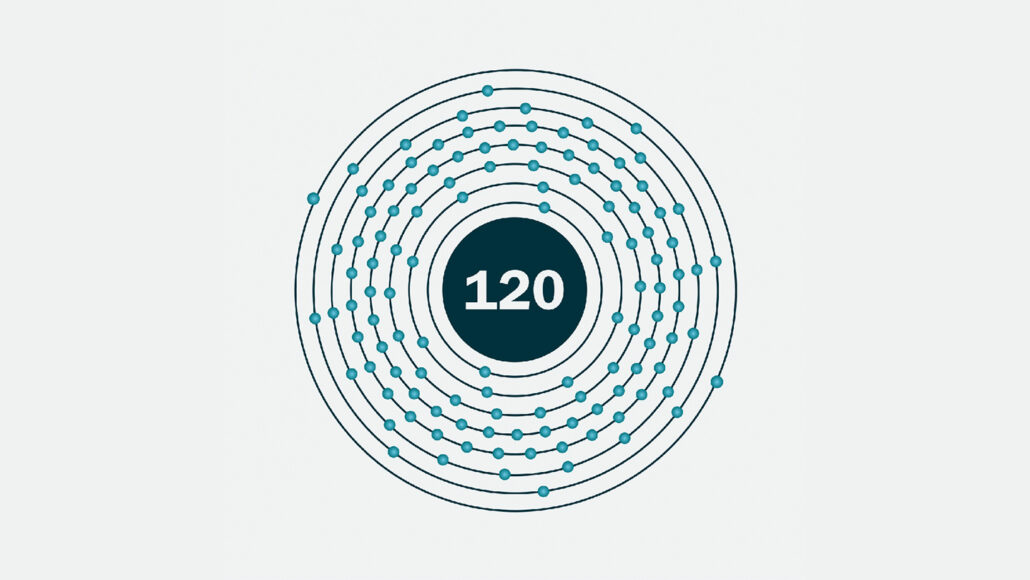Questions for ‘The periodic table might soon have a new element’

A new experiment hints that element 120 (illustrated) could be created with beams of titanium ions.
Jenny Nuss/Lawrence Berkeley National Laboratory

A new experiment hints that element 120 (illustrated) could be created with beams of titanium ions.
Jenny Nuss/Lawrence Berkeley National Laboratory
Register to access:
An error occurred. Please try again.
Already Registered? Enter your e-mail address above.